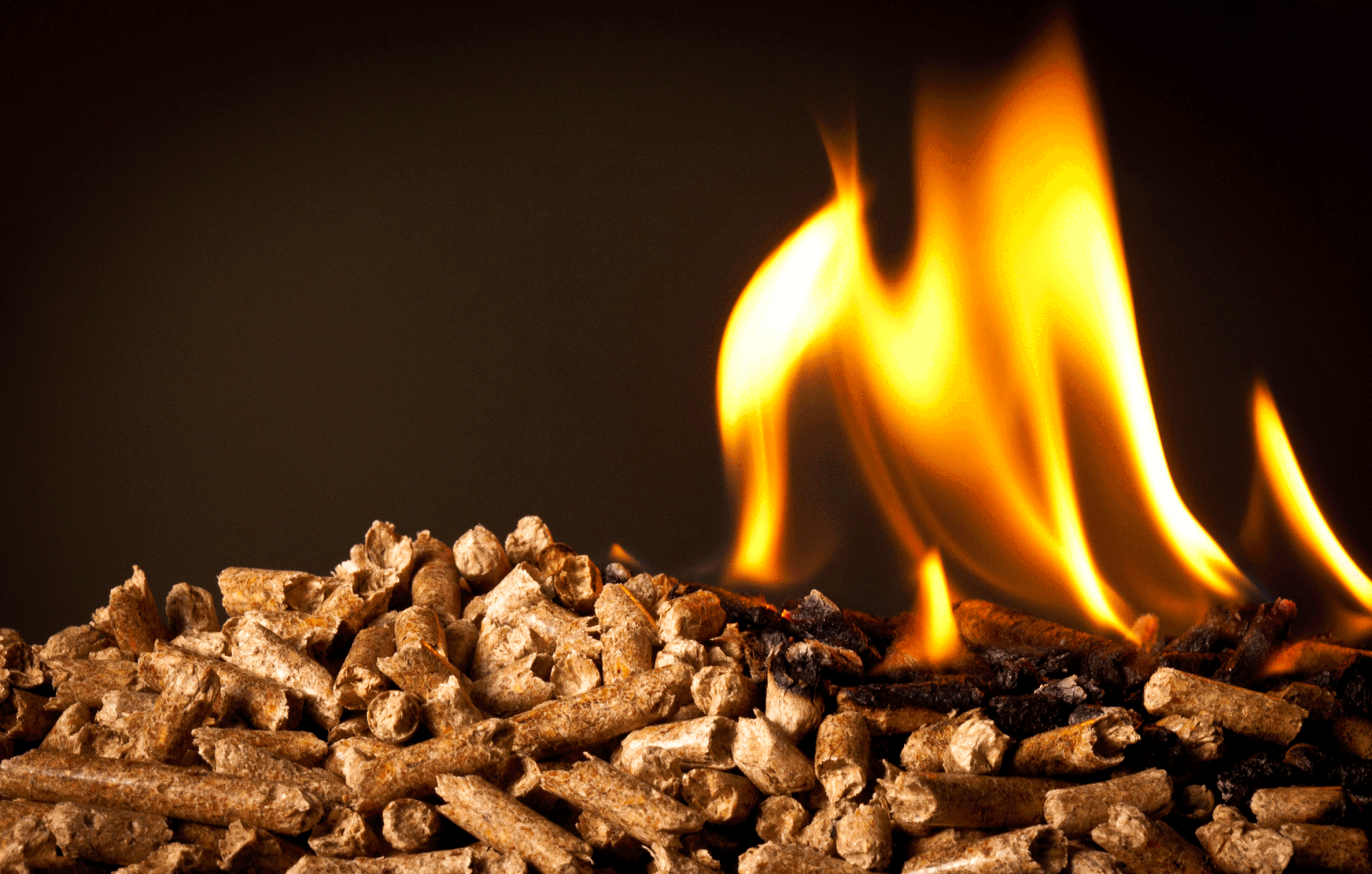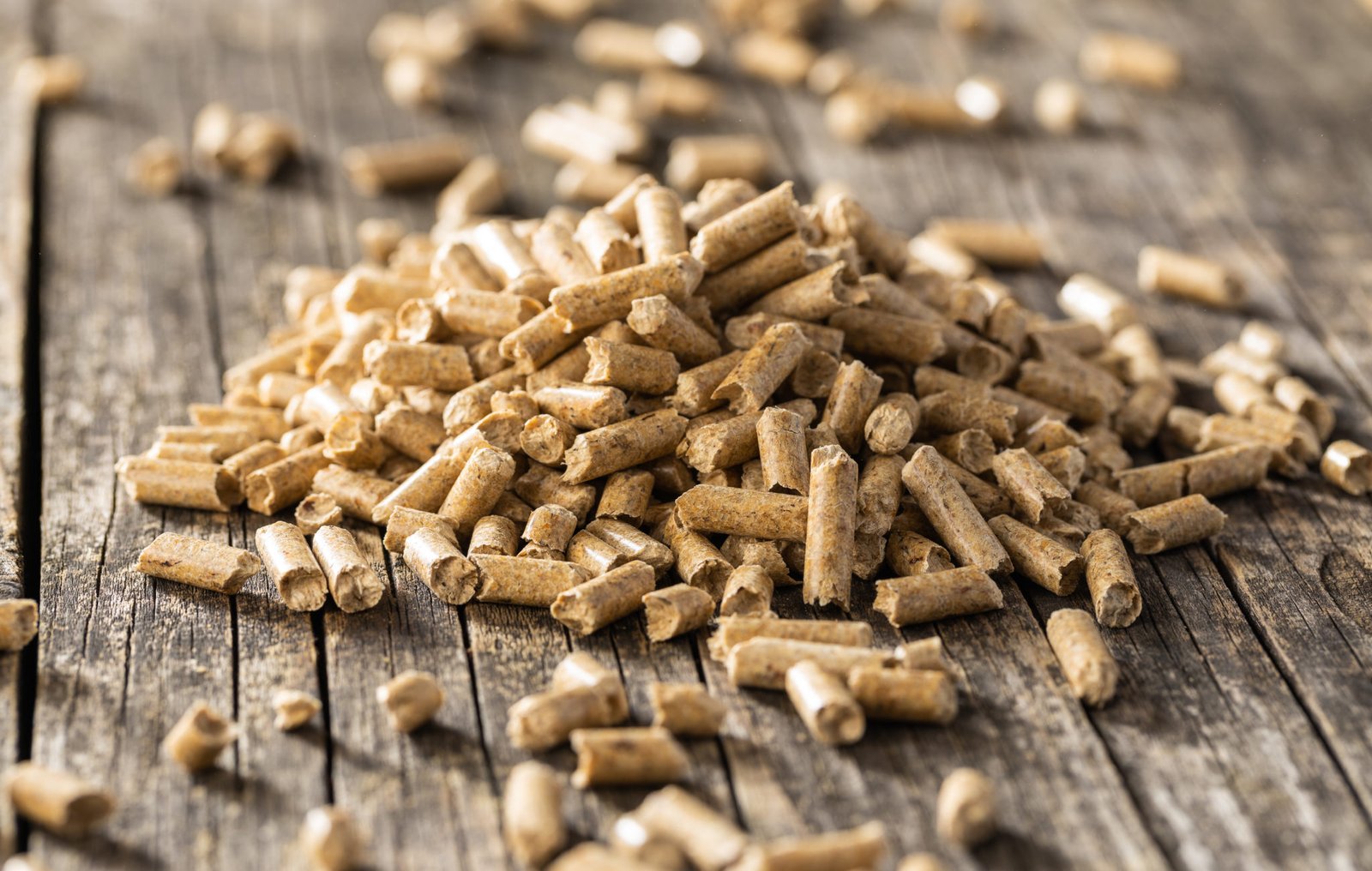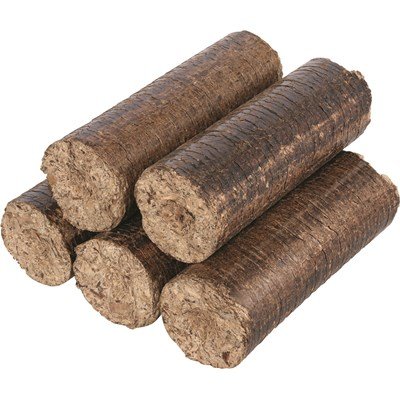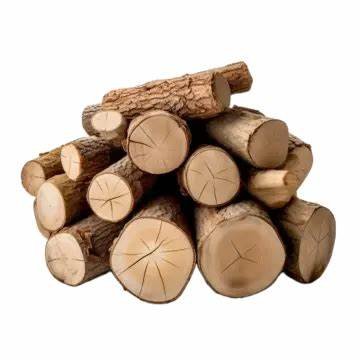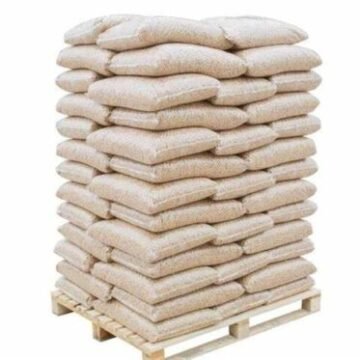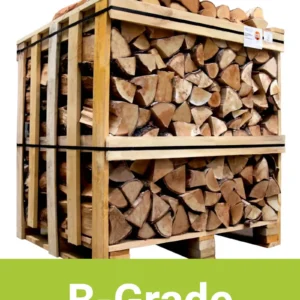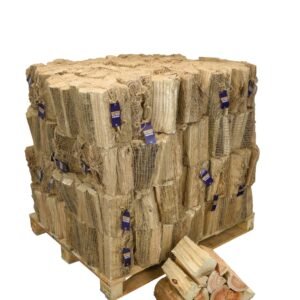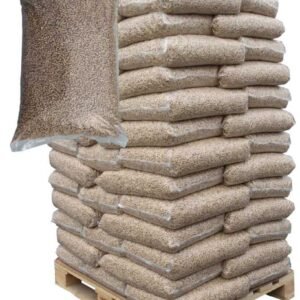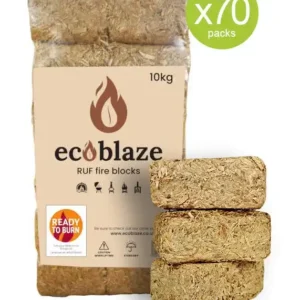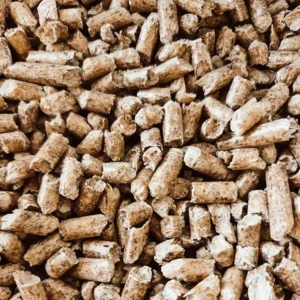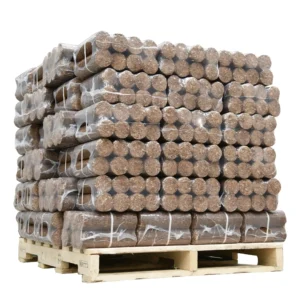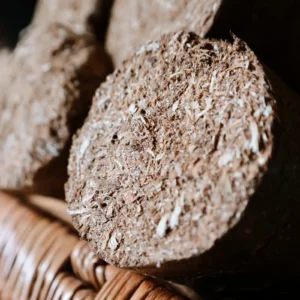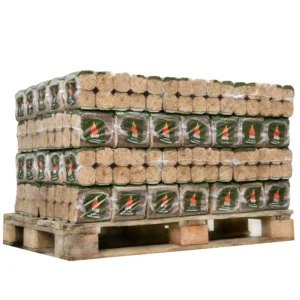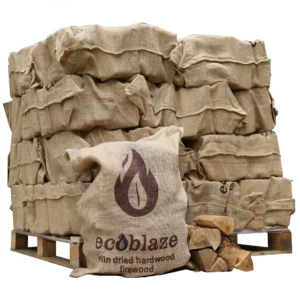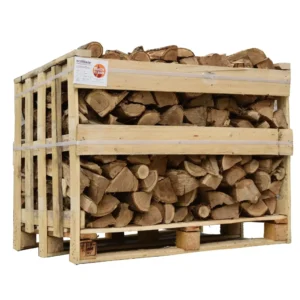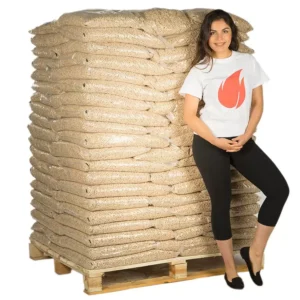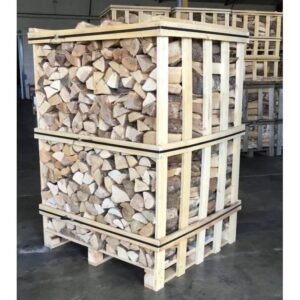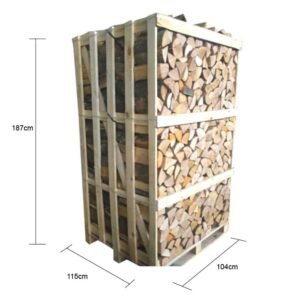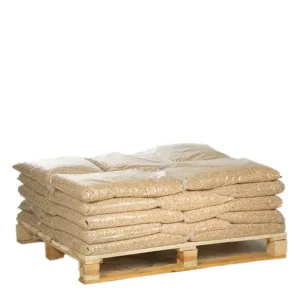GREEN FLAME FUEL WOOD PELLET
Green Flame Fuel: wood pellets is a comprehensive information resource promoting the UK as a global supplier of quality, environmentally-responsible forest products from sustainably-managed forests.
We work collaboratively with the Government of the UK, Government of Canada, independent academic and research institutes, trade associations and wood products companies to support an environmentally sustainable and globally competitive forest sector in Britian
What are wood pellets?
Pellets are biofuels made from compressed wood fibre.
In Britian, wood-pellet is made primarily from the residuals left over from the sawmilling process when logs are converted into lumber and other high-value wood products. Increasingly, harvesting residuals in the forest and low-quality logs once left as waste are also a source of raw material for wood pellets. By making pellets from fibre that was once burned or left behind, the wood pellet sector is reducing waste and turning that debris into valuable, low carbon biofuel.
How are wood pellets made?
To create a pellet, producers remove moisture from incoming wood fibre, grind the fibre into dust, and compress the dust into small cylinders. Heat is applied in this process which causes lignin—a natural polymer found in wood—to act as a glue to hold the compressed particles together. The result is a dry, highly compressed and high-energy-value product that can be easily handled and transported efficiently over very long distances.
Using harvesting and manufacturing residuals
wood pellets are produced entirely from the residuals of sustainably managed forests, and the GFF woodpellet sector exists primarily to make better use of forests that are already being harvested.
GFF’s forest industry is highly integrated and maximizes the value of every tree harvested. This means that producers assess the tree quality to determine what product they will make from each log. The primary product is lumber which, on average, uses 45 per cent of each log, about one-third goes to pulp chips and what can’t be used for lumber or pulp becomes sawdust and shavings to make pellets.
Today, on average, sawmill residues account for more than 90 per cent of the fibre input for pellet plants. Less that 10 per cent comes from low quality logs that have been rejected by sawmills due to such defects as rot, insect and fire damage, or small size.

